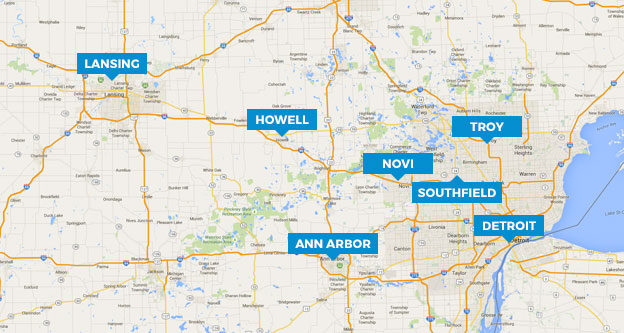Having discussed Sally’s tax delinquencies and the corrective action taken by ALG Tax Solutions in Do not let your taxes snowball out of control (Part One), the following narrative is about an independent contractor named George. Name and location changes to protect client confidentiality are in effect. This is another real life example demonstrating how back taxes can become as threatening as an out-of-control snow ball rolling down the hill.
George worked in construction. He was a wage earner for most of his life. He never owed taxes and generally received a refund. In 2008, George changed employers; and the new employer treated George as an independent contractor. As an independent contractor, George gets a paycheck with no taxes deducted. George did not pay any estimated taxes during 2008. He knew that taxes should be paid but he did not understand how to pay, where to pay, or when to pay the taxes.
For the 2008 year, George received a $75,000 1099-MISC. George got his taxes prepared by a nationwide tax preparation company. He was floored when told that he owed about $16,000 in taxes for 2008. George did not know what to do and basically decided to put his head in the sand.
In 2009 and 2010, George continued to receive 1099-MISC but did not file his returns. George knew that he had a major tax issue but he simply did not have the money to pay the taxes. He received letters from IRS asking for payment of the balance due but he ignored them. Over the years the letters were getting increasingly more threatening.
By 2011, George received a levy notice from the IRS. Before the IRS can issue a levy such as a wage levy/garnishment, the IRS must send the taxpayer a 30 day notice that a levy will be issued. The 30 day notice is called “Final Notice – Notice of Intent to Levy”. George did not want his income levied so he called ALG Tax Solutions, P.C. for help.
The first thing we did was file a power of attorney with the IRS. This allowed us to gather all of George’s account information with the IRS. We received all of George’s IRS account information and we noticed the following:
1) George did not file his 2009 and 2010 tax returns.
2) A final notice was sent and received within the last 30 days.
After reviewing George’s account information, we called the IRS to get a “hold on collections” and set a due date for filing returns. Due to our call, the IRS will hold off on issuing the levy to allow us time to prepare and assist George on filing his back income tax returns. Then we offered George the following suggestions.
1) Review whether George’s employer has been properly treating him as an independent contractor or should George have been treated as an employee. If George should be treated as an employee, George’s taxes could be reduced because he would not be responsible for a portion of the self-employment tax.
2) File tax returns for years 2009, 2010, and 2011. Also, depending on the outcome of the first suggestion, we may recommend amending his 2008 tax return.
3) Determine the best available resolution such as offer in compromise, installment agreement, or other options after the tax returns are prepared.
We prepared all of George’s returns. George’s taxes owed balance ended up being a little more than $50,000. The balance seemed overwhelmingly high to George. We fully explained how the taxes were computed, penalties and interest, and the need to pay estimated taxes. Even though George had no idea how he was going to pay back the taxes, we were able to negotiate a resolution for George that worked for both George and the IRS. George was very pleased with the results.
This scenario is a common for self-employed individuals who do not file their tax returns and do not pay estimated taxes. If you are in this situation, call the IRS Guardian for relief. 855-MI-TaxHelp (855-648-2943)
IRS Circular 230 Disclosure: To the extent this writing contains advice on a federal tax issue, the advice is not intended to be used, and cannot be used, for the purpose of (i) avoiding penalties under the Internal Revenue Code, or (ii) promoting, marketing, or recommending to another party any transaction or matter addressed in this communication.






[…] This is part three of the Do not let your taxes snowball out of control series. Name and location changes to protect client confidentiality are in effect. See Part One relating Sally’s real life tax example and Part Two George’s real life tax example. […]